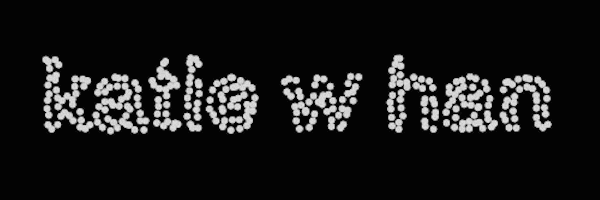Reflection on Understanding Comics by Scott McCloud
As somebody who never really enjoyed reading comics, I was initially unsure of what to expect from Understanding Comics by Scott McCloud. As it turned out, I greatly appreciated the insights and foundations that the book provided. Starting off by building a definition of “comics,” McCloud makes it very clear what frameworks and assumptions his discussion of the art form operate under. He provides various rules and structures, spanning from the triangle of vocabulary for comics to the 6 steps of artistic creation. One of the most interesting sections to me was when he breaks down and analyzes panel-to-panel transition types. The prevalent use of larger jumps (action-to-action and subject-to-subject) in Western comics somewhat came as a surprise to me. I personally enjoy the effects of slower-paced scene setting in Japanese comics, characterized by aspect-to-aspect transitions. Another part that stuck with me is when McCloud describes how combining a detailed background and an abstracted character can help the reader relate more to the figure while placing them in a specific visual setting. These techniques are definitely something I want to explore with my animations in the future.
One concern I had was with McCloud’s broad definition of art. He states that art is anything that human beings engage in not for the purpose of survival or reproduction. Does this definition include consuming media and entertainment? In the age of the Internet, it has become extremely common and easy for people to kill time by reading, watching, or looking at other people’s artistic (or not-so-artistic) content. I would argue that McCloud’s definitions should have a stronger emphasis on creation or expression embedded in said activity.
While I learned so much about the immense possibilities of comics as a medium and while it is exciting to see so many doors wide open, I wonder what specific examples there are that do not succumb to the mainstream representation of “comics.” For example, using lines and shapes to express emotions in the background of a panel, or employing a more radical use of color to facilitate storytelling, or experimenting with the way the readers move through the panels, all seem like wonderful ideas. With my bettered understanding of comics, I hope to branch out in the media I consume and encounter great examples of avant-garde comics.

